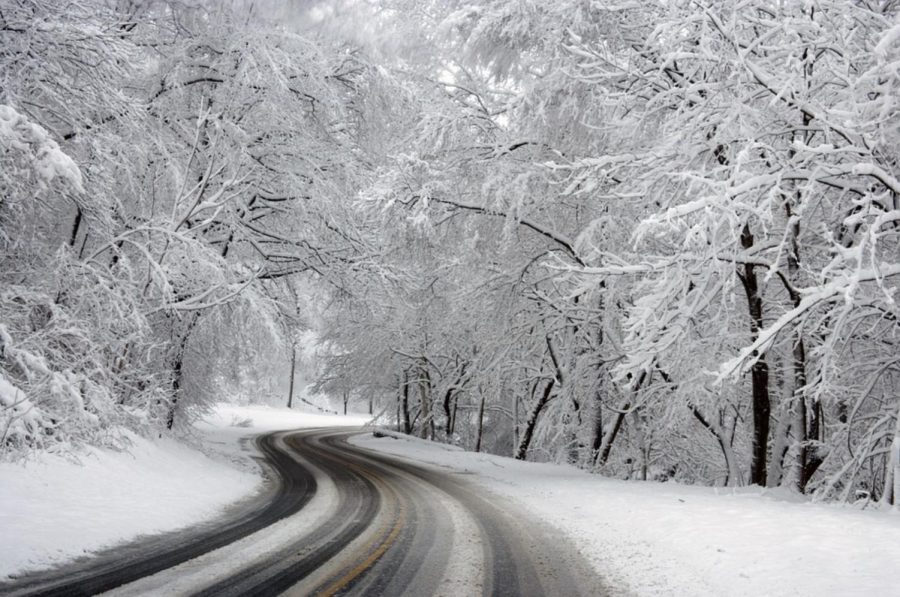DRIVING TIPS THAT WILL ENSURE A SAFE WINTER
December 18, 2017
With cold weather approaching and road conditions worsening, it is best to know what to do in order to stay safe on the roads.
Preparation
If the car breaks down, it is even more important to be prepared during the cold weather. Having a car emergency kit on hand could be a life saver.
This kit should include the basics: a flash light, jumper cables, road flares, etc. which can all be found at discount department stores such as Walmart. This way, if the unthinkable were to happen, the worst can be avoided.
Additionally, prior to the season approaching, general checks on the car should be done. Battery life, tire pressure, antifreeze and wiper fluid levels should be assessed, and dealt with if necessary.
The gas tank should also always be at least half-full to prevent the fuel line from freezing over.
While Driving
When there is a storm, it is best to avoid going out at all costs, but if it is an emergency, know the current road conditions and check traffic reports prior to leaving.
It is important to let others know the route of travel and estimated arrival times so that if there is a situation, concerned parties will be able to help.
Speed limits are designed for the best possible road conditions, so slow down when it is snowy. On top of this, leaving more braking distance than usual when behind other cars will allow for a longer amount of reaction time.
On highways, bridges and ramps freeze faster than normal pavement so extra caution should be taken.
Black ice is very dangerous and if one encounters it, a common reaction is to hit the brakes in panic. This is wrong because braking can cause a spinout. Instead, turn the tires in the direction that the back of the vehicle is sliding; this method will allow the driver to regain control of the car.
Relating to one’s ability to bring the car to a stop, do not trust the vehicle completely; cruise control should not be used on slippery roads, and just because the car is four-wheel drive, does not mean it can stop any quicker.
Even the lives of those not driving can be at risk while outside. Children, pedestrians, or other vehicles can be hidden in snow banks that are formed due to plowing, so extra caution should be taken in areas of low visibility.
In terms of snow plows themselves, when behind one, be patient. Snow plows legally cannot go as fast as a normal vehicle, so stay at least 200 feet back to allow enough room for drivers to do their job. Passing a snow plow is illegal as well because the vehicles have a very large piece of equipment attached to the front of them, and if it were to be hit, a lot of damage would be done.
Studies show that more than 800 people in the United States die a year due to winter weather related crashes, so it should be taken seriously.
If Stranded
Especially in the area of Bangor, there are many back roads that one could easily get stranded on if the car breaks down. If a situation such as that occurs, there are certain procedures that should be followed in order to get help while also staying safe.
As soon as it happens, pull off the road as far as possible, put the hazard lights on, and call a family member or, depending upon the severity of the situation, 9-1-1.
While waiting, stay in the car so that when help arrives, you can be located. Turn on the heat every hour for ten minutes and move around to stay warm.
Areas to look out for in Bangor
Plows make clearing the main roads a priority, which will sometimes leave the back roads covered in snow and ice. There are many areas that those driving should take extra precautions in. Here are a few:
RIVER ROAD
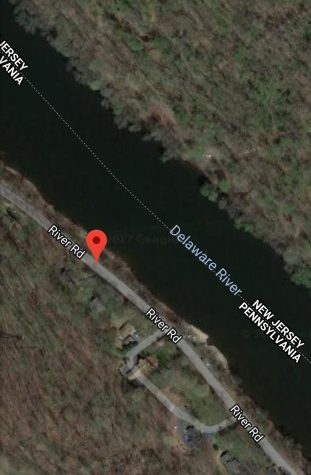
_________________________________________________________________________
NAGYS HILL ROAD
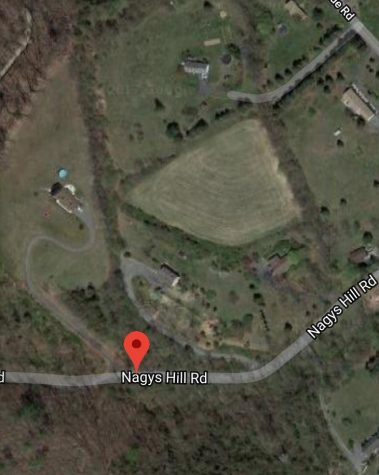
_________________________________________________________________________
CEDAR ROAD
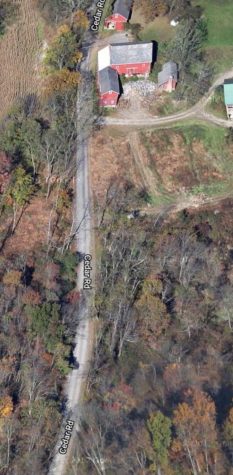
_________________________________________________________________________
DELABOLE ROAD
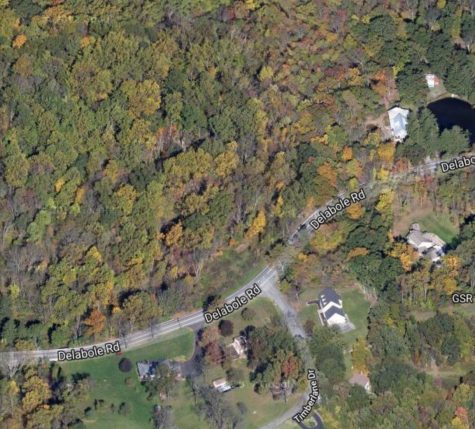
_________________________________________________________________________
191 meets Franklin Hill Road
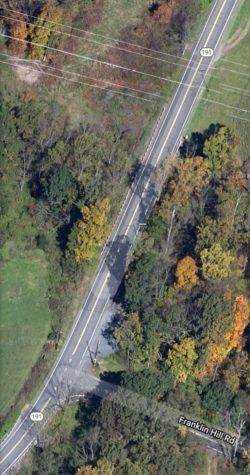
Following these basic tips will ensure safe travels for the holiday, and winter, season.

